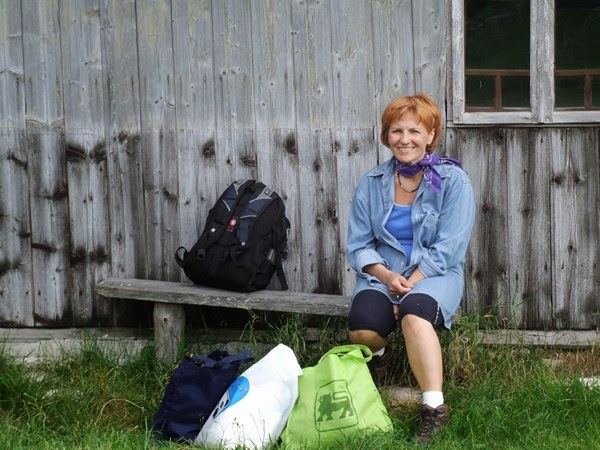Revenons aux moutons ecossais!! Back to Scotland - and the September referendum. My favourite Scottish reading - the Scottish Review - expressed it so well today -
What possible reason could anyone have for not being prepared to say they intended to vote No in the referendum?
I suspect the answer lies in what may be seen as the success of the Yes campaign. Every observer and commentator agrees that the Yes campaigners have monopolised almost all the energy, enthusiasm, excitement and commitment that the independence referendum has created.
So far at least it has proved difficult to make people feel passionate about the reasonable idea of Better Together.
More importantly still, the Yes campaign has successfully created an atmosphere in which a largely unspoken assumption has emerged that an intention to vote No may be seen as somehow anti-Scottish or unpatriotic.
In his poem 'The Lay of the Last Minstrel', our writer (Sir) Walter Scott famously asked:
'Breathes there the man, with soul so dead/
Who never to himself hath said/
This is my own, my native land!'
If there is, the poet tells us, such a man
'shall go down/
To the vile dust from whence he sprung,/
Unwept, unhonoured, and unsung'.
It would be absurd to suggest that intending No voters consign themselves to the poet's second category, but there is no denying that the Yes campaign has been very successful in implying that anyone who is really positive about Scotland's future, who thinks progressively, and who rejects Thatcherism and its legacy, is bound to favour independence.
Westminster made a huge mistake in accepting the Electoral Commission's recommended wording of the referendum question: 'Should Scotland be an independent country?' Mr Salmond and the SNP must have found it hard to believe their luck. Vote Yes for independence – with all the positive gloss and power and appeal that word enjoys.
How many countries are there that are not independent? And in any event, with its guaranteed independent religious, legal and educational systems, plus a parliament in Edinburgh, isn't Scotland already more or less an independent country? Vote No for what? Nothing positive. No hint of preserving a 300-year union. Just Yes for, or No against, independence.
After all what’s the alternative? Subordination? Subservience? Dependency? Even subjugation and enslavement?
Is it really so surprising that No voters may prefer to remain tight-lipped about how they intend to mark their ballot?








